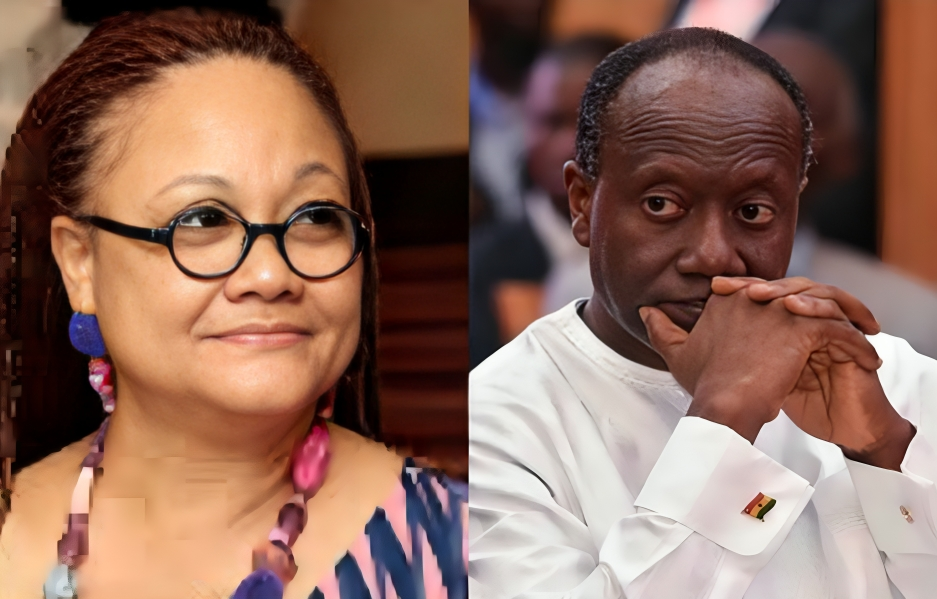 TIMESOFINDIA.COM
TIMESOFINDIA.COMTraditionally, gold prices tend to rise during periods of geopolitical instability. But this time, the movement has been more muted. Carsten Menke, head of next generation research at Julius Baer Group Ltd., said the current response fits historical patterns. “At first sight, gold’s reaction may be surprising, considering the potential consequences of the conflict and also the typical skittishness of short-term traders,” Menke said. “But a closer look suggests that it is in line with the historical pattern of such geopolitical shocks not lastingly lifting gold prices.”
Despite the back-and-forth in price, gold continues to draw attention from investors wary of broader market risks. The ongoing Middle East conflict isn’t the only concern—economic uncertainty tied to U.S. trade policy, particularly Trump's aggressive tariff stance, has added pressure. Gold’s appeal lies in its ability to hedge against inflation, currency devaluation, and political chaos. Yet short-term traders seem less reactive this time, possibly expecting any direct impact from the Israel-Iran standoff to remain contained.

While gold slipped slightly, other metals saw varied movement. Silver and platinum registered modest gains, while palladium declined. This mixed performance suggests investors are reassessing their risk appetite rather than fleeing en masse to commodities. Meanwhile, the Bloomberg Dollar Spot Index stayed flat, indicating that currency markets are also waiting for more definitive geopolitical developments before reacting. President Donald Trump’s comments, which downplayed any immediate ceasefire, briefly lifted demand for gold earlier this week. However, with no clear escalation or resolution in sight, traders are now adopting a more cautious approach. Trump's broader trade agenda and threats of renewed tariffs are also part of the backdrop influencing commodity markets. Investors are watching closely for any signs that these tensions could hurt global growth, which would further bolster the case for gold.
Is gold still on track for a record-breaking month?
Despite the recent dip, gold remains poised for its sixth straight monthly increase. If it holds, this would mark the best monthly run in over two decades. Prices are hovering close to $3,380 an ounce, still below the April peak but well above where they started the year. The combination of Middle East instability, global economic fears, and cautious central bank policies continues to support the metal’s long-term trajectory—even if short-term swings persist.Gold’s recent price swings highlight the delicate balance between fear-driven demand and market skepticism. With the Israel-Iran conflict simmering and no diplomatic breakthrough in sight, gold may continue to see choppy trading. Still, its longer-term upward trend reflects deep investor unease over the broader geopolitical and economic outlook. As always, gold remains a barometer of global risk—and right now, the signals are flashing uncertainty.
Gold prices react to geopolitical fears, but short-term traders are cautious amid uncertainty.
Q2. Has Israel’s strike affected Iran’s nuclear program and gold rates?
Yes, reports say it delayed Iran’s program, influencing safe-haven buying like gold.
Read More News on
(Catch all the US News, UK News, Canada News, International Breaking News Events, and Latest News Updates on The Economic Times.)
Download The Economic Times News App to get Daily International News Updates.








:max_bytes(150000):strip_icc()/green-shiplap-farmhouse-kitchen-2163905-2013i0044-1-67a1120425da4f1ca2ca67b001ac4496.jpg)


